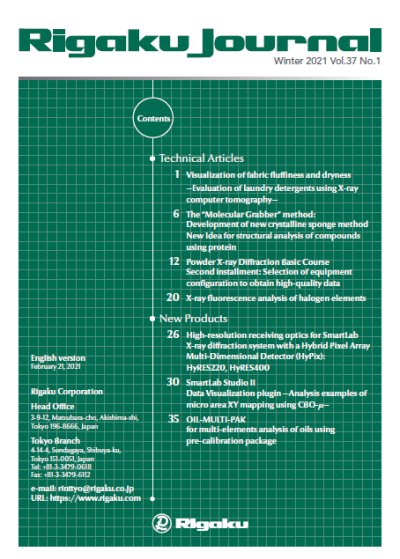Halogen elements correspond to Group 17 in the periodic table and include fluorine (F), chlorine (Cl), bromine (Br) and iodine (I). Materials and products containing halogens are widely used in our daily life. For example, fluorine is contained in Teflon® resin and toothpaste, chlorine is contained in salt and vinyl chloride resin, and bromine is contained in flame retardants in plastics and photosensitizers. While these halogen elements provide useful features to various products, they can also have adverse effects on industries and the environment.
- Corrosion in production equipment
- Environmental regulations
- Countermeasures against defects in semiconductors, electrical devices
For these reasons, halogen elements are analyzed in various industries for acceptance inspection and quality control during manufacturing. Especially in fields where the number of samples to be measured is large, a method capable of quick and easy analysis is required.
Combustion-ion chromatography and inductively coupled plasma optical emission spectrometry (ICP-OES) are widely used as methods for analyzing halogen elements. However, these methods require complicated sample preparation techniques and equipment maintenance. On the other hand, it is possible to obtain analysis results quickly by using X-ray fluorescence (XRF) spectrometry because sample preparation and instrument maintenance are easy and analyzing time is short. Because of these advantages, XRF is widely used in industries. Examples of the analysis of halogen elements in various samples using XRF are described in this article.

